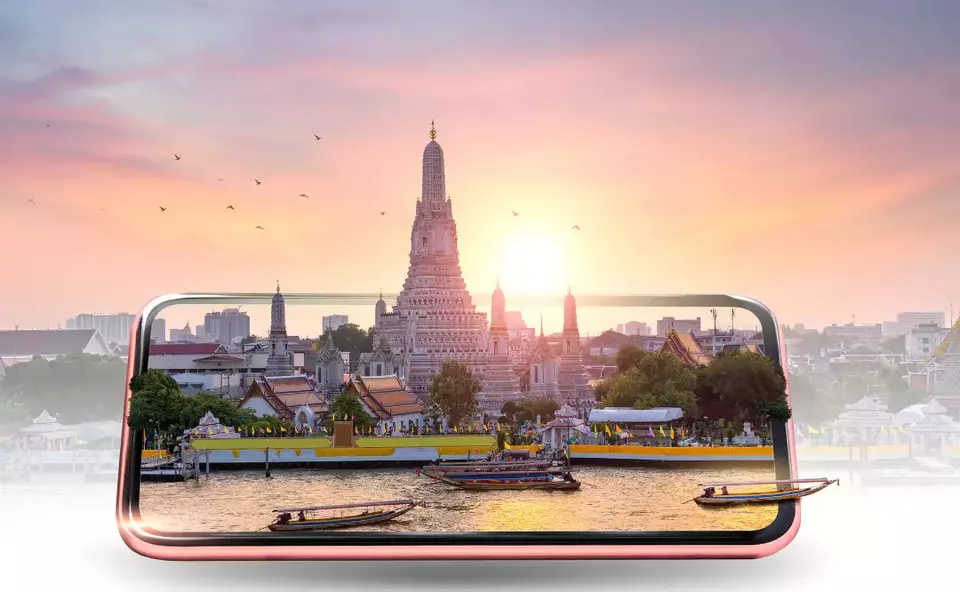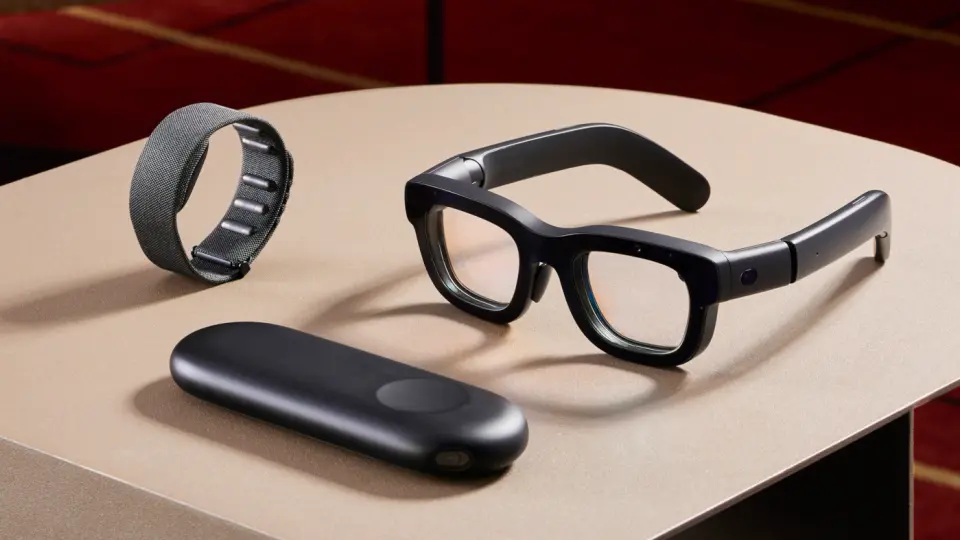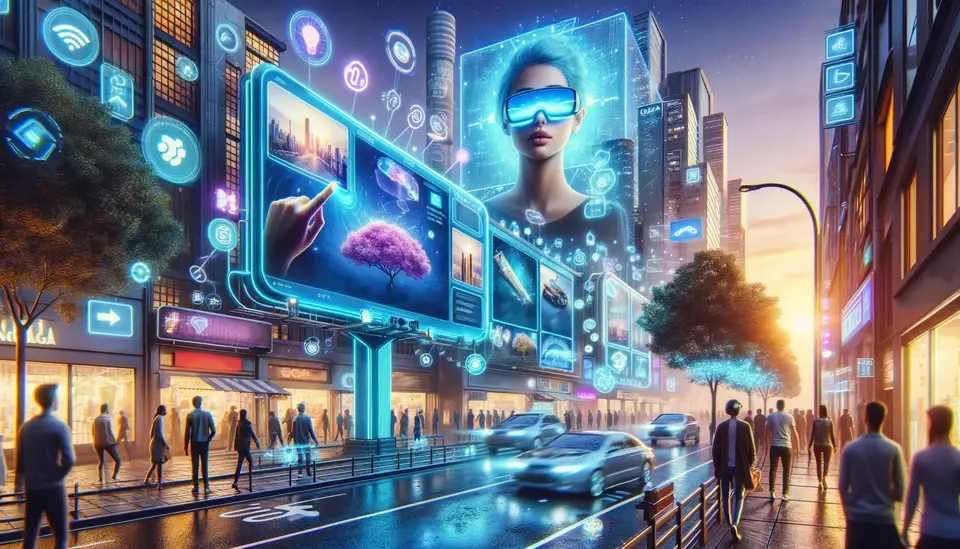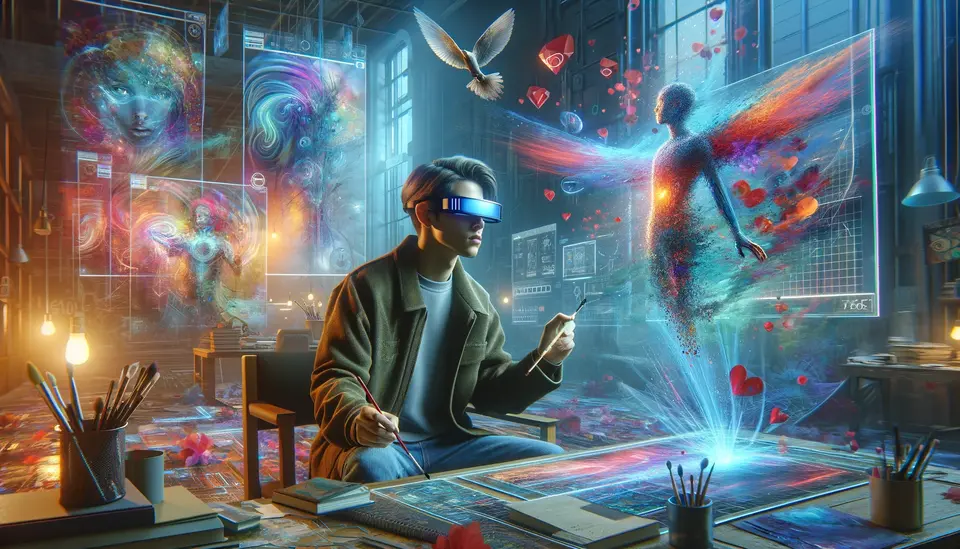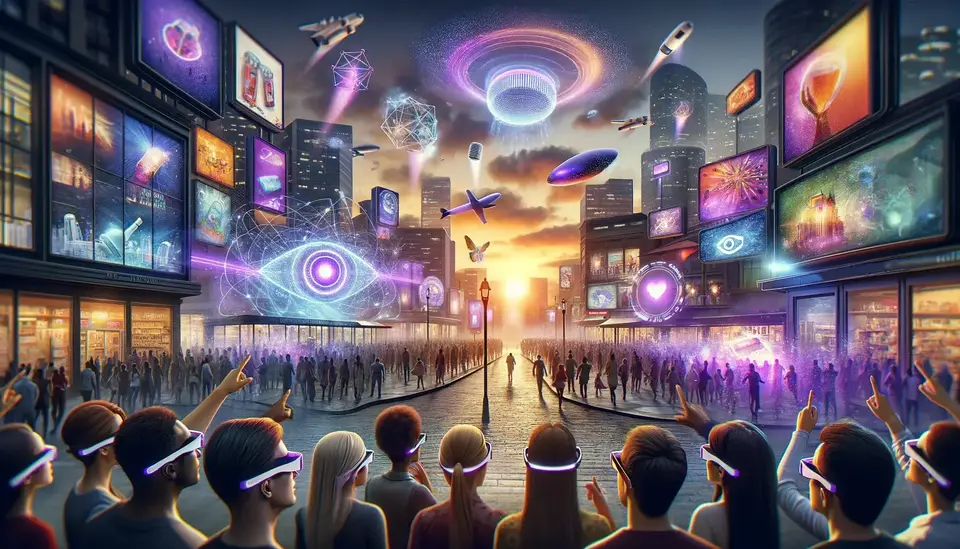Augmented Reality (AR): Revolutionizing the Tourism Industry
Posted on August 2, 2023 6 minutes 1225 words
Table of contents
As we traverse through the 21st century, the swift pace of technological advancements continues to reshape the fabric of various sectors, with the tourism industry being no exception. Among these cutting-edge innovations, Augmented Reality (AR) has emerged as a game-changer, taking the travel experience to a whole new level. This technology overlays digital information onto the real world, providing an interactive and immersive experience that goes beyond traditional travel.
The Role of AR in Tourism
Augmented Reality (AR) is a transformative technology that layers computer-generated enhancements atop an existing reality, making it more meaningful through the ability to interact with it. In tourism, AR adds a digital layer to the physical world, enhancing the way we interact with, learn about, and experience our surroundings.
1. Interactive Navigation
Traditional navigation tools often struggle to provide a genuinely immersive experience for tourists. Flat maps and vague directions can feel abstract and disconnected from the environment, making it easy to get lost or miss out on important attractions.
AR fundamentally alters this dynamic, offering a more interactive, intuitive, and engaging way to navigate. With AR, tourists can simply point their smartphone cameras at their surroundings, and instantly view digital overlays of paths, directions, and helpful travel information. This not only helps tourists navigate unfamiliar locales with ease but also enriches the journey, turning the act of navigation into an engaging experience.
Moreover, AR can highlight points of interest that are easy to miss, such as obscure landmarks or hidden local gems. This could revolutionize off-the-beaten-path tourism and empower tourists to truly immerse themselves in local culture and geography.
2. Historical Sites Reimagined
For those passionate about history and culture, AR offers an unprecedented opportunity to delve deeper into the stories of historical sites. By overlaying digital reconstructions and providing interactive information, AR can bring crumbling ruins or seemingly unremarkable locales to life.
Imagine standing in Rome’s ancient Colosseum, while your AR-enabled device reveals gladiators battling in the ancient arena. Or visiting the Hiroshima Peace Memorial Park and witnessing a poignant, respectful AR recreation of the city before and after the atomic bombing. These immersive experiences can significantly enhance tourists’ understanding of history, culture, and the significance of these sites, creating a deeper emotional connection and more enriching travel experience.
3. Language Translation
Language barriers can be one of the most daunting aspects of traveling abroad. Trying to understand complex public transport systems, decipher foreign menus, or negotiate prices in a local market can be stressful without local language proficiency.
AR technology can significantly alleviate these problems by providing real-time translation. AR applications can instantaneously translate text captured by a smartphone camera, such as road signs, menus, or information boards. This means tourists can enjoy their travels without language-induced stress, and even pick up a few words in the local language along the way. Additionally, such instant translations can facilitate deeper connections with local cultures and people, as understanding language nuances is often a key to understanding cultural ones.
By seamlessly blending the digital and physical worlds, AR enriches the travel experience, making it more informative, engaging, and convenient. As the technology continues to evolve and mature, its role in tourism will likely expand, shaping the future of how we explore the world.
Case Studies of AR in Tourism
AR technology has moved beyond the realm of theory and is already making its mark on the tourism industry. The following case studies exemplify how AR is reshaping the tourism experience:
1. AR-Enabled City Tours
Several cities worldwide are integrating AR into their tourism experiences, providing a rich, immersive, and interactive way to explore. San Francisco, for example, offers an AR tour of the city’s famous murals, allowing tourists to watch the artworks come to life and reveal their histories and secrets.
In Vienna, Time Travel Vienna is an AR-enabled tour that takes visitors on a journey through the city’s history. The application reveals scenes from the past, like Roman soldiers marching on the streets or Mozart composing his music in a Vienna palace. By blending the past with the present, these AR experiences offer a novel, exciting, and educational way to explore cities.
2. The British Museum
The British Museum in London has embraced AR technology to offer an immersive learning experience to its visitors. In partnership with Samsung, the museum developed an AR app that provides additional layers of information about the exhibits.
For instance, upon pointing their device at the Rosetta Stone, visitors can view a 3D model of the artifact, rotate it, and even see a real-time translation of the hieroglyphics. This not only makes the visit more educational but also enables visitors to interact with exhibits in a novel, engaging way, regardless of the crowds around the artifact.
3. Hotels and AR
Hotels and resorts worldwide are leveraging AR to enhance their guests’ experiences. For example, Marriott’s AR-enhanced hotel rooms allow guests to use their smartphones to scan different objects in the room, such as a painting or a lamp, and view interactive, relevant content.
Furthermore, many establishments offer virtual AR tours, allowing potential guests to explore rooms, amenities, and facilities before booking. This can give guests a more realistic expectation of their accommodation, helping to improve satisfaction rates and reducing the chances of negative reviews due to unmet expectations.
These examples showcase the diverse and transformative ways AR technology is being used in the tourism industry. As the technology continues to develop, its applications will likely expand even further, offering more immersive and interactive travel experiences.

Benefits and Challenges of AR in Tourism
While AR holds significant promise for the tourism industry, it comes with its own set of benefits and challenges.
On the bright side, AR enhances visitor experiences, making them more interactive, immersive, and informative. It also increases accessibility for individuals with disabilities, providing them with ways to enjoy travel experiences that may have been challenging before. Furthermore, AR introduces the possibility of remote tourism, allowing people to virtually visit locations they may not be able to in person.
However, as with any new technology, AR faces some hurdles. Technological limitations and occasional glitches can impact user experience. The cost of developing advanced AR applications may also be prohibitive for some businesses. Furthermore, designing user-friendly applications that can be used by people of all ages and tech-savviness levels is a challenge that needs addressing.
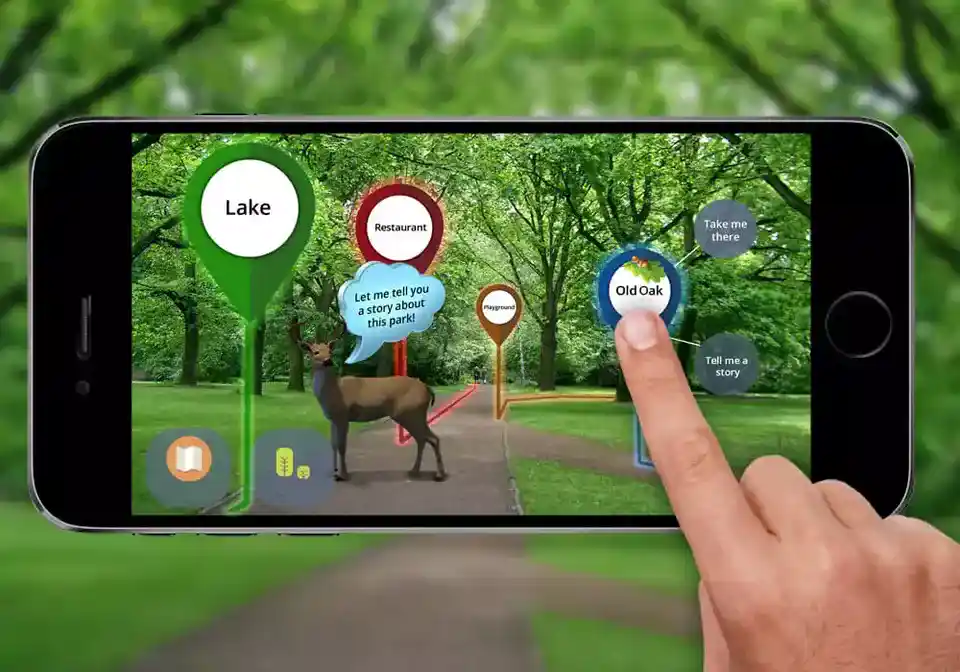
The Future of AR in Tourism
The future of AR in the tourism industry looks promising. As AR technology continues to advance and become more accessible, it will likely become an even more integral part of the travel experience. We might see more personalized AR tours catering to individual tastes and preferences. The use of AR for remote tourism might become widespread, allowing us to explore the Louvre in Paris or hike the Grand Canyon from our living rooms. Moreover, AR could play a significant role in sustainable tourism by reducing physical footprints at sensitive historical and natural sites.
Conclusion
In a nutshell, Augmented Reality is redefining the tourism industry. By enhancing navigation, enriching historical exploration, and breaking language barriers, AR is offering a more immersive and enjoyable travel experience. As technology evolves, we can only imagine how much more it could enhance our journeys. The future of tourism is here, and it is augmented!

